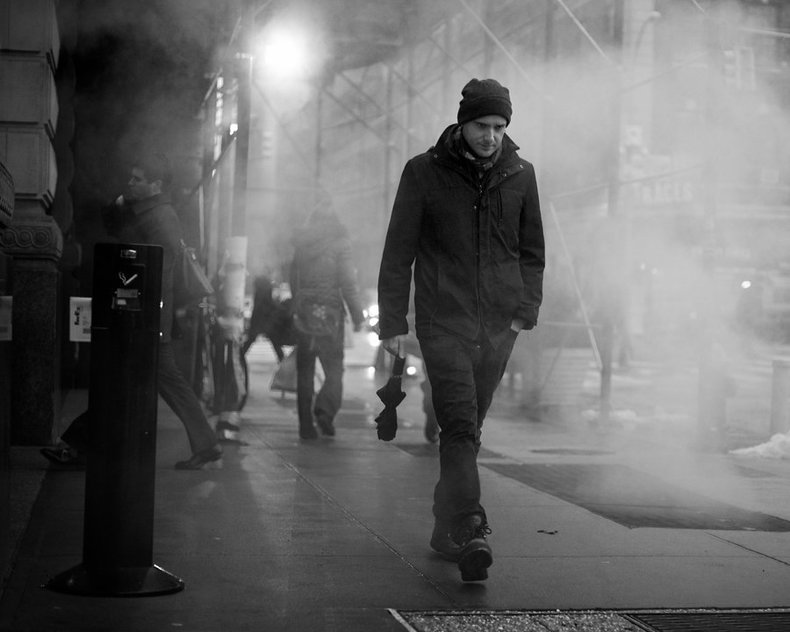
| Overview: District Heating | ||
Type | ||
Definition | A centralized system that provides distributed heating and cooling services to multiple buildings. | |
Value | Potential for shared investment in a sustainable and low cost solution. | |
Related Concepts | ||
What is District Heating? John Spacey, updated on

ArchitectureThis is the complete list of articles we have written about architecture.If you enjoyed this page, please consider bookmarking Simplicable.
ArchitectureAn overview of architecture with examples.Architectural TechnologyA list of common architectural technologies.Night Architecture
An overview of night architecture.
Passive Design vs Active DesignThe difference between active and passive design.Universal DesignA definition of universal design with examples.Passive LightThe common types of passive lighting.Architectural Acoustics
The common types of architectural acoustics.
Parti Pris
An overview of parti pris in architecture with an example.
Genius Loci
A definition of genius loci with examples.
Massing
An overview of massing in architecture.
Compressive Strength
A definition of compressive strength.
Urban DesignA few common urban design terms.Green Walls vs Green Facades
The difference between a green wall and green facade.
Sustainable Urban DesignA list of sustainable urban design techniques.Passive Design vs Active DesignThe difference between active and passive design.Street Canyon
How a street canyon changes an urban environment.
City IssuesA list of common city issues.Community ProblemsA list of common community problems.Things In Cities
An a-z list of things in cities.
City TypesAn list of the common types of city.TrendingThe most popular articles on Simplicable in the past day.New ArticlesRecent posts or updates on Simplicable. Site Map
© 2010-2023 Simplicable. All Rights Reserved. Reproduction of materials found on this site, in any form, without explicit permission is prohibited. View credits & copyrights or citation information for this page. |
|||||||||||||||